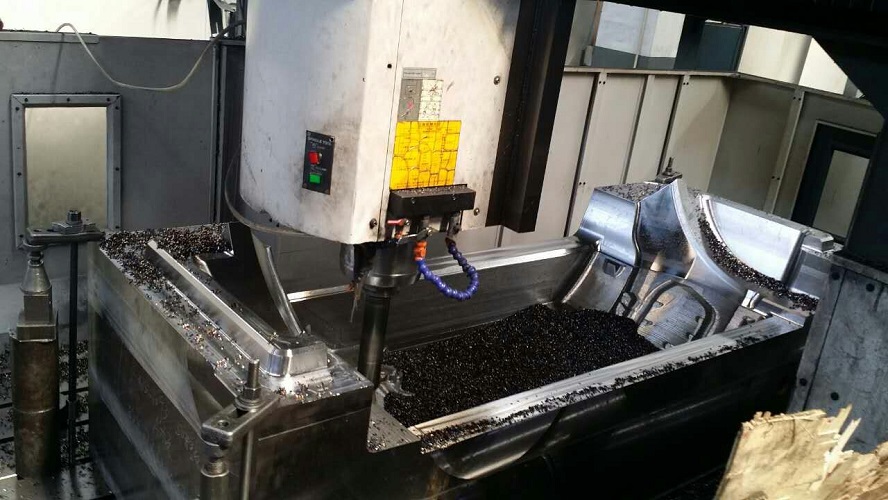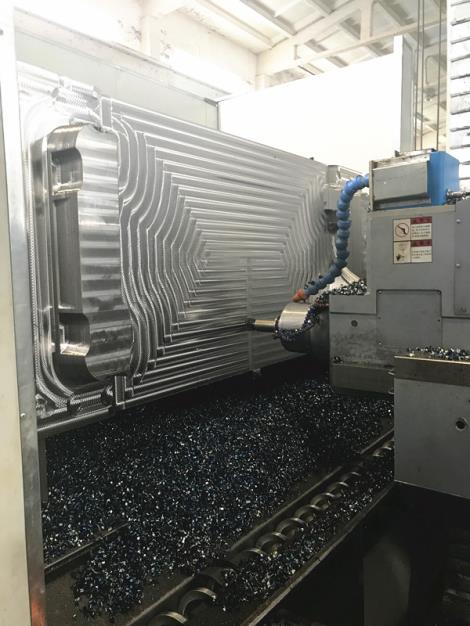CNC rough
 First time rough CNC:
First time rough CNC:
In summary, roughing plays a crucial role in CNC machining, as it not only affects machining efficiency but also directly affects the quality and accuracy of subsequent precision machining.
 The rough machining process of plastic molds is an important link in the mold manufacturing process, and its requirements mainly include the following aspects:
The rough machining process of plastic molds is an important link in the mold manufacturing process, and its requirements mainly include the following aspects:
1、 Reserved machining allowance:
Reserve allowance before heat treatment: For workpieces that require heat treatment processing, a grinding machine allowance of 0.25mm should be added on one side of the outer material size before heat treatment to ensure that subsequent precision machining can still be carried out after heat treatment.
CNC rough machining allowance: For parts that require CNC rough machining such as mold cores and inserts, the unilateral allowance is generally 0.2mm.
Reserved allowance for rough machining of fitter milling machine: The reserved allowance for rough milling of the outer shape of fitter milling machine is usually 0.3~0.5mm on one side. For workpieces that need to be machined by a grinder after wire cutting, a reserved allowance of 0.05mm on one side of the forming part and a reserved grinding allowance of 0.1mm on one side of the outer rough cutting part.
2、 Rough machining equipment and methods:
Using lathes, milling machines, and other equipment: In the rough machining stage, lathes, milling machines, and other equipment are mainly used to perform preliminary processing on the mold, making it roughly conform to the design shape.
Removing excess materials: By rough machining, excess parts on the mold material are removed, laying the foundation for subsequent precision machining and heat treatment.
3、 Processing accuracy and surface quality:
Control machining accuracy: In the rough machining process, it is necessary to control the machining accuracy to ensure that the size and shape accuracy of the mold are within a certain range.
Pay attention to surface quality: Although the requirements for surface quality in the rough machining stage are not as high as those in the precision machining stage, it is still necessary to avoid excessive defects such as scratches and burrs.
4、 Other precautions:
Follow the processing technology regulations: During rough machining, it is necessary to follow the processing technology regulations to ensure the standardization and safety of the machining process.
Reasonable selection of cutting parameters: Based on the performance and processing requirements of the mold material, reasonable selection of cutting parameters such as cutting speed, feed rate, etc. is necessary to ensure processing efficiency and quality.
In summary, the rough machining process requirements for plastic molds include reserved machining allowance, rough machining equipment and methods, machining accuracy and surface quality, and other precautions. In the rough machining process, it is necessary to strictly control various parameters and process requirements to ensure the subsequent processing quality and performance of the mold.